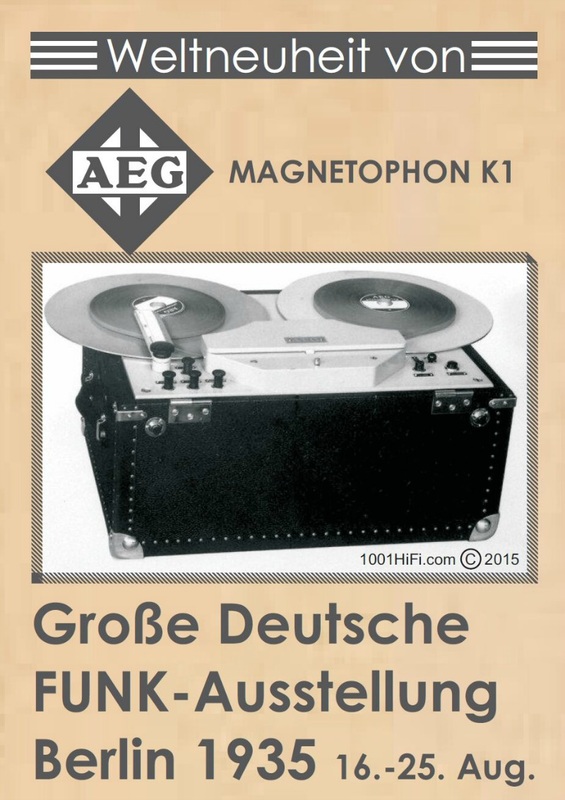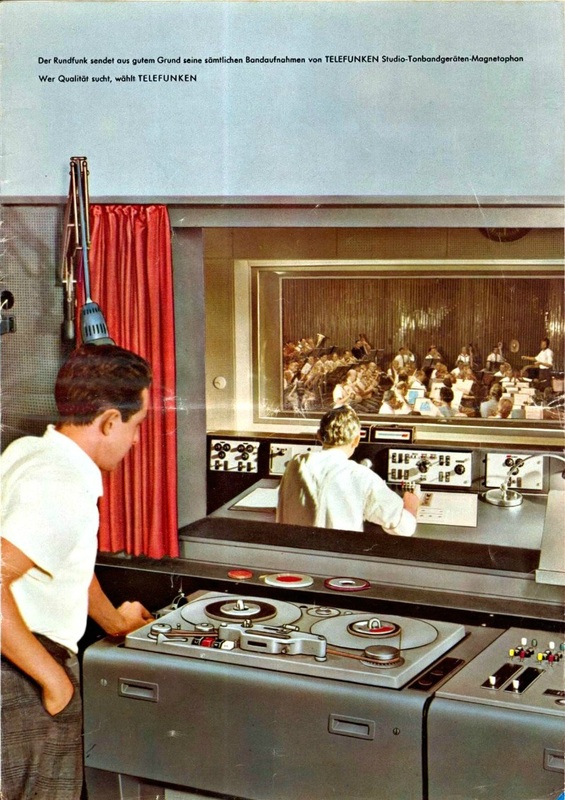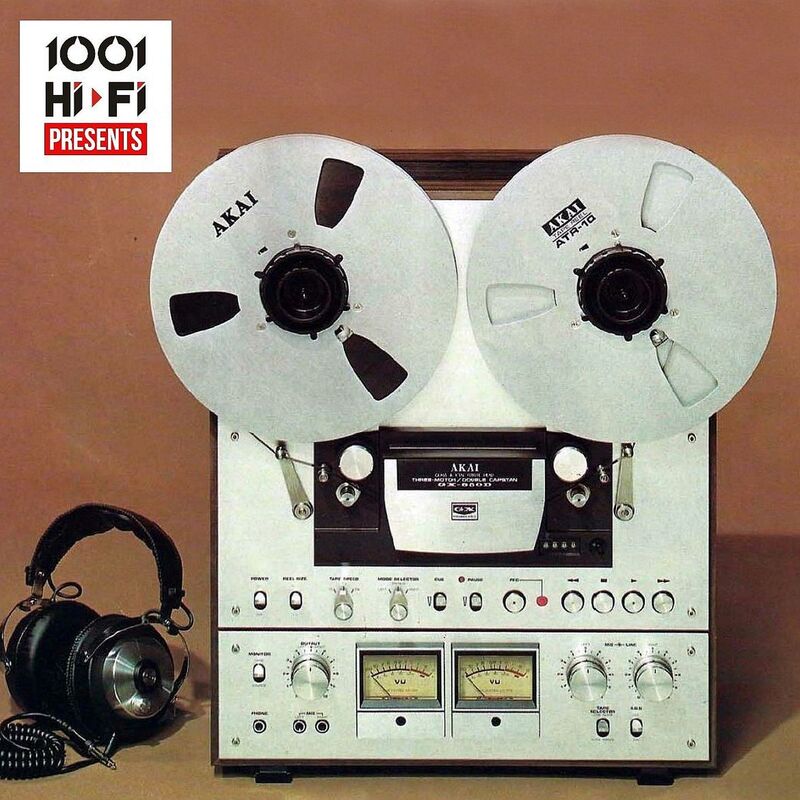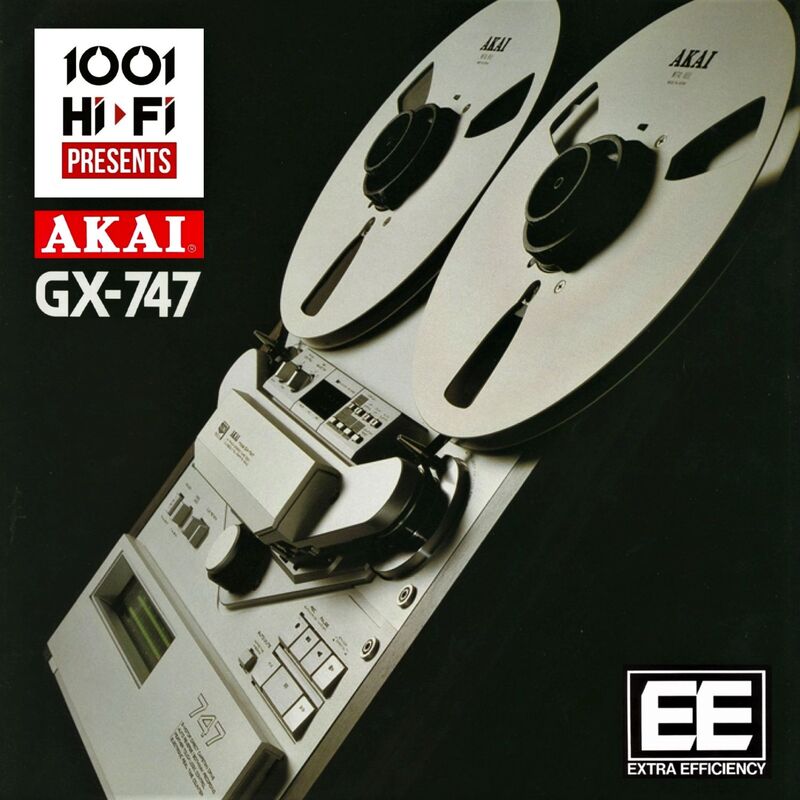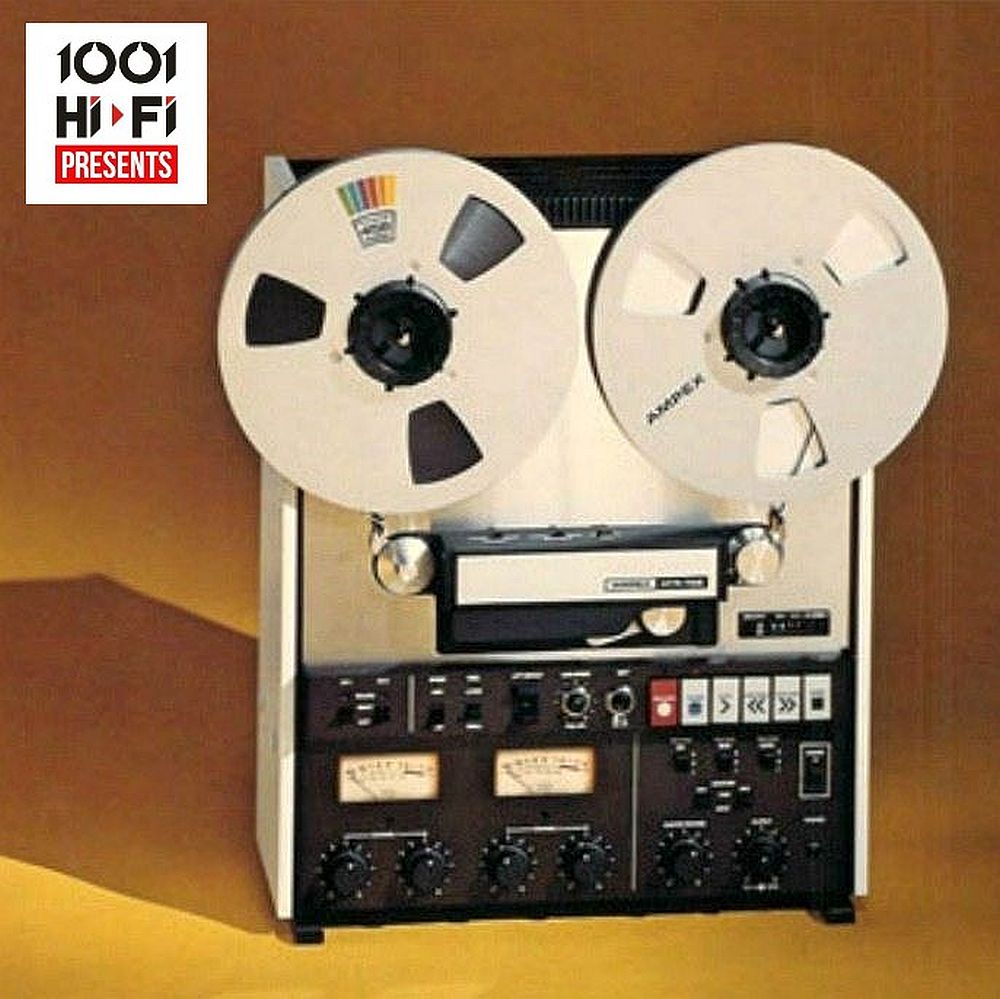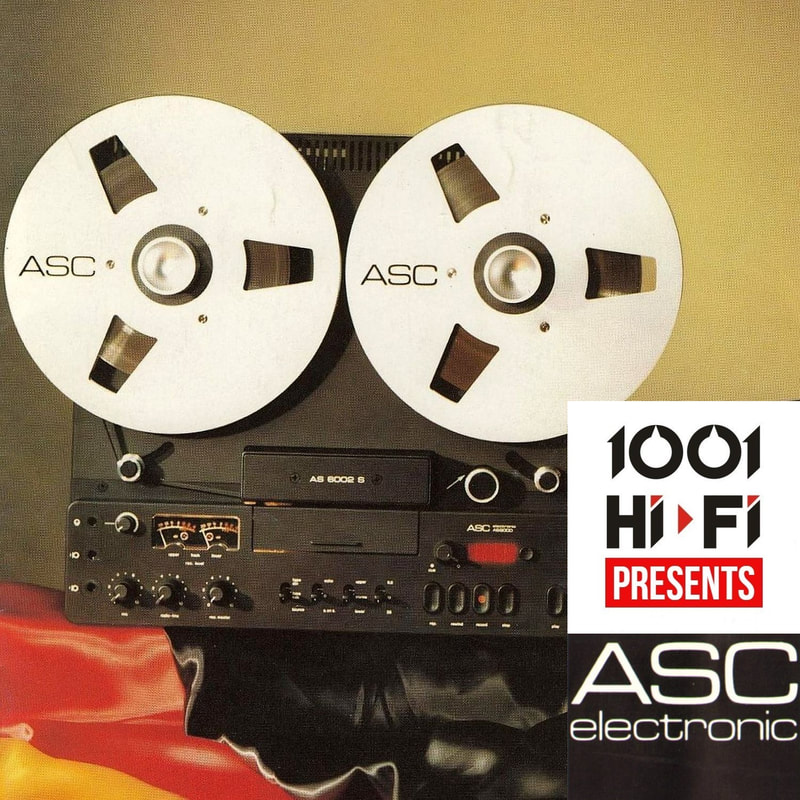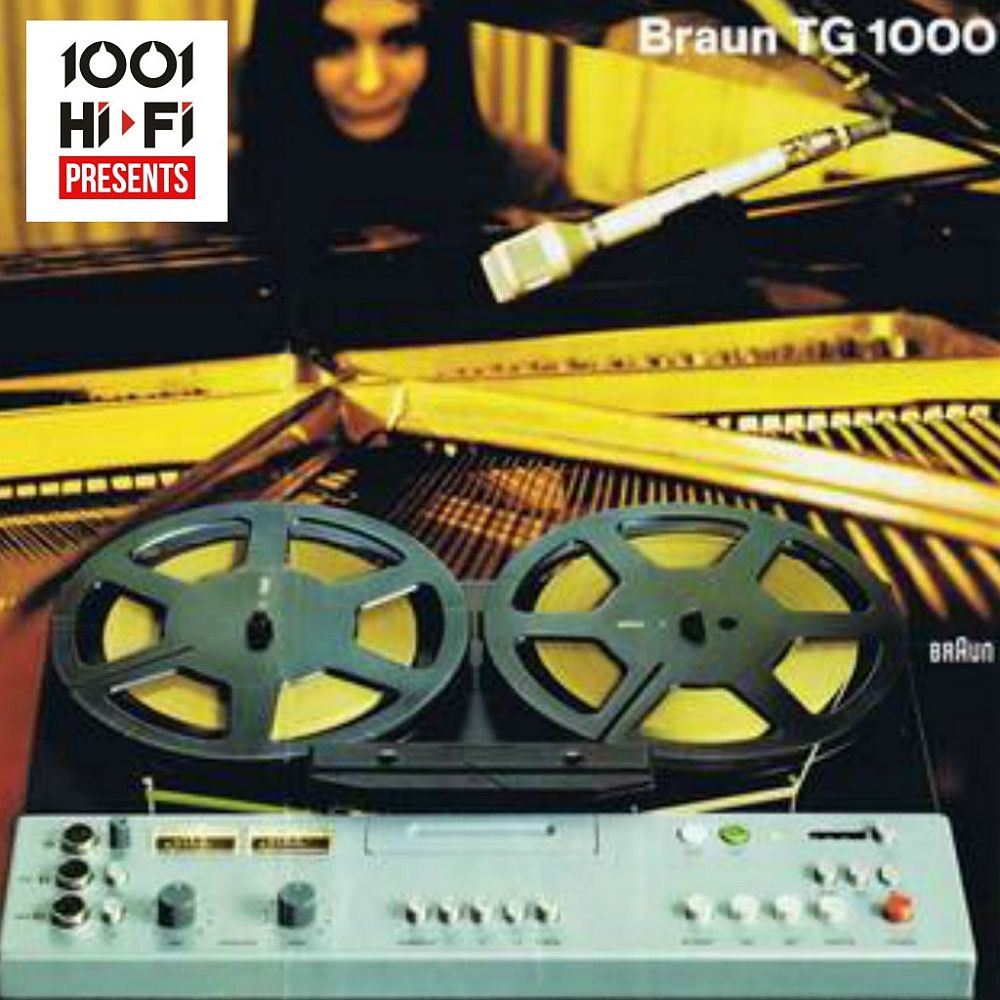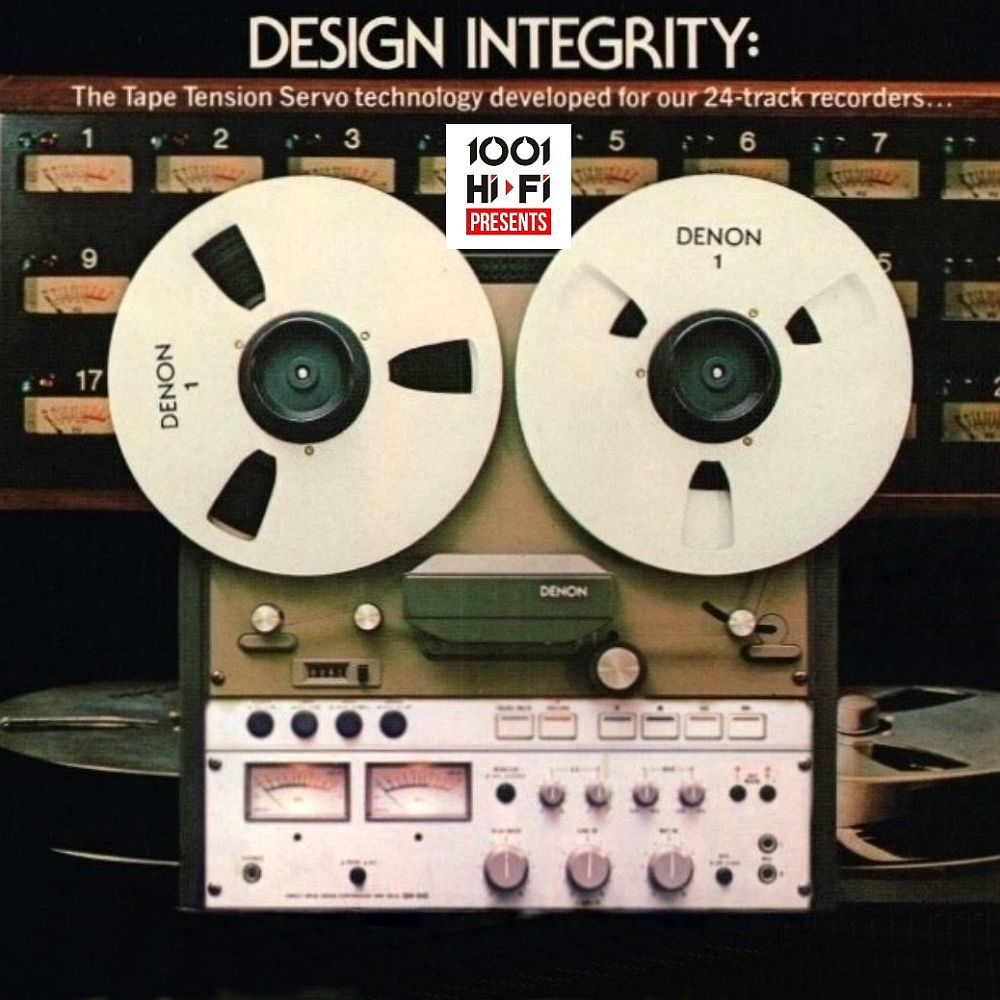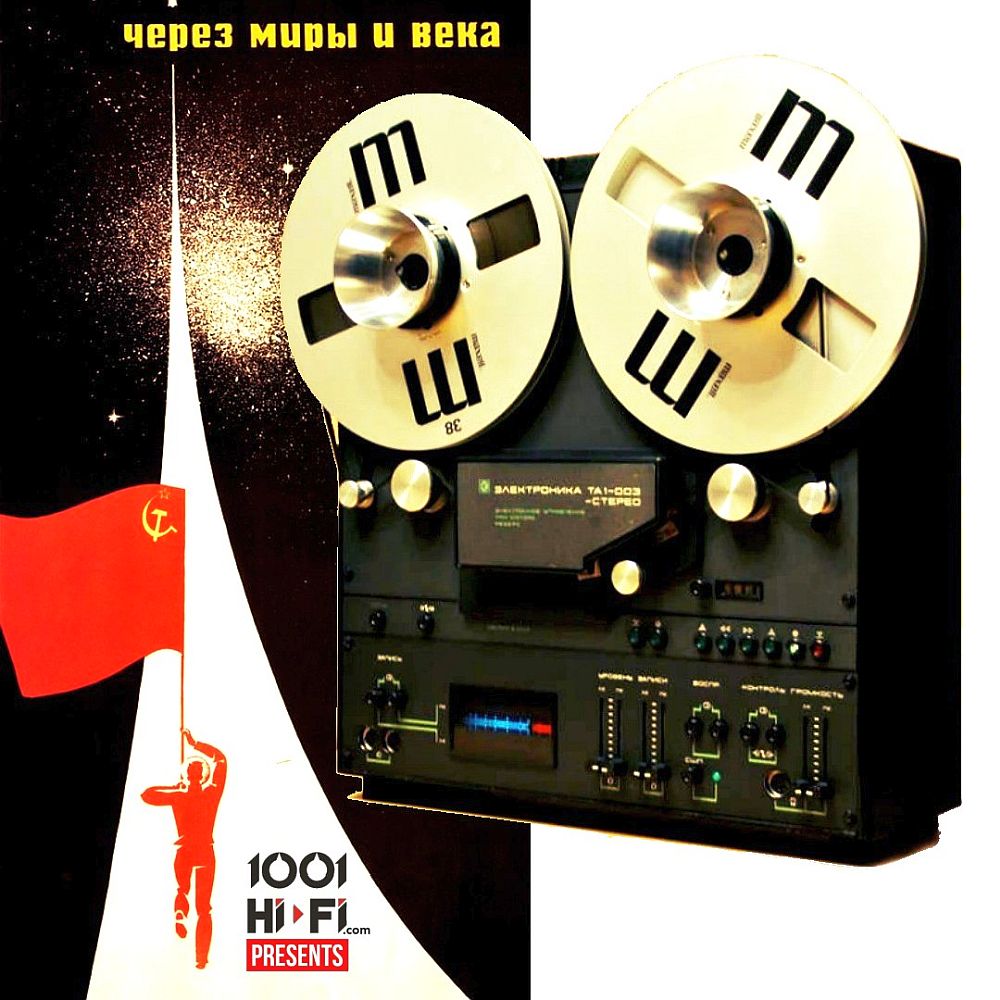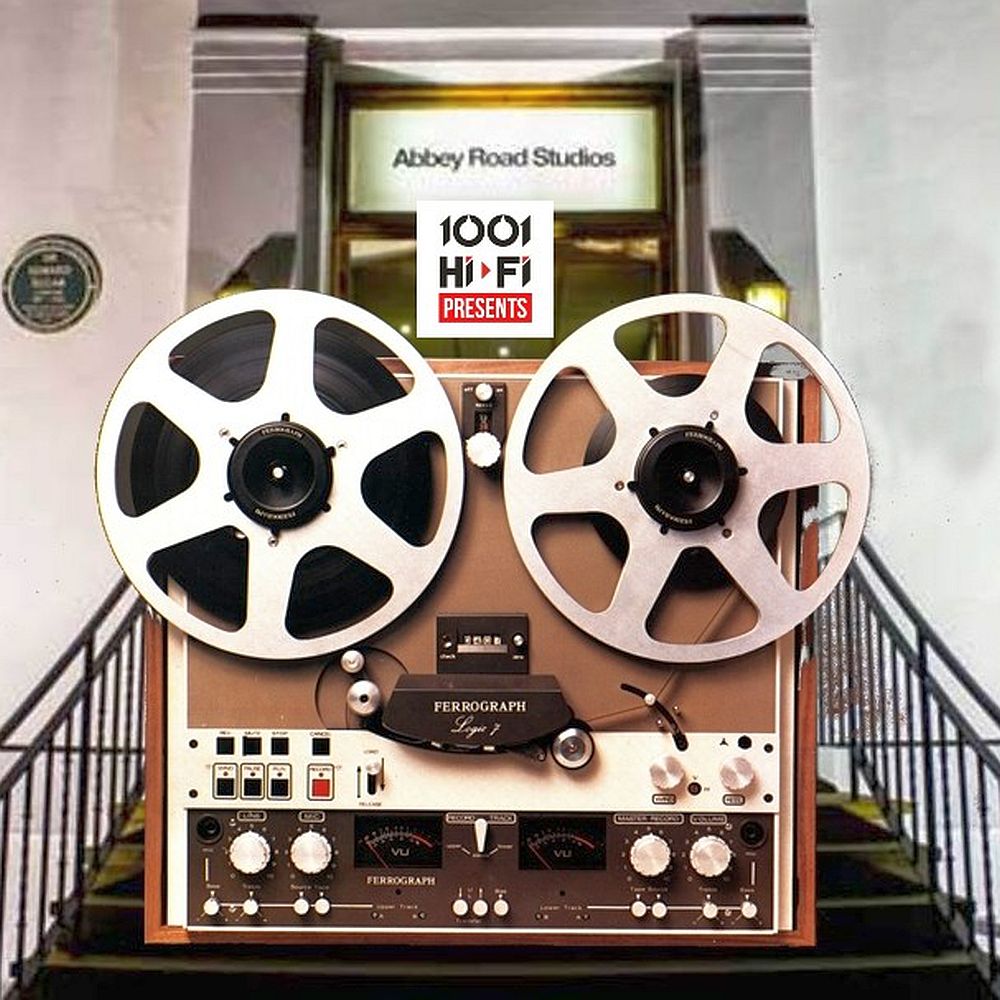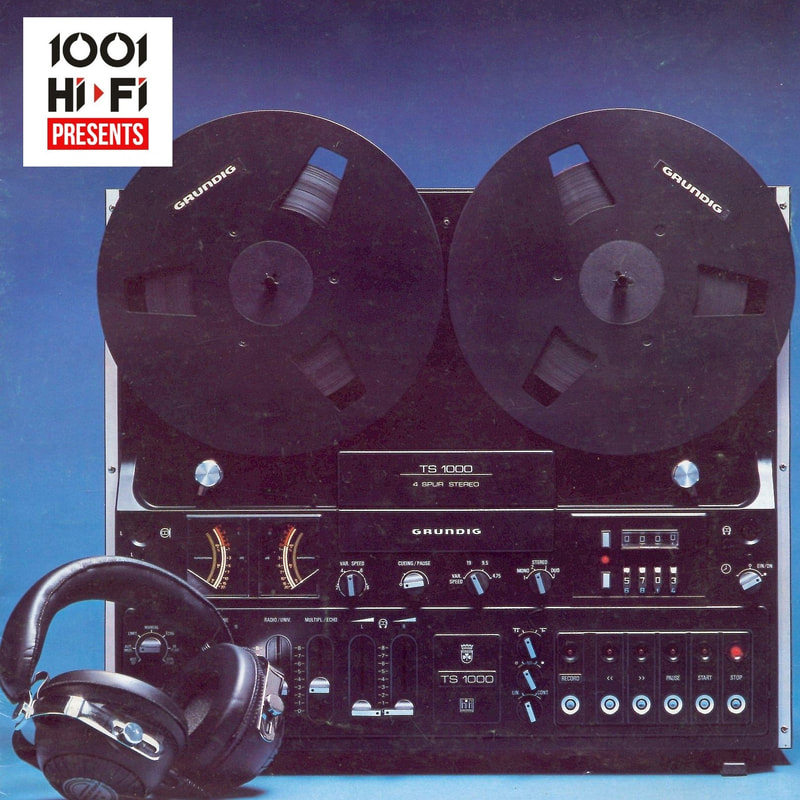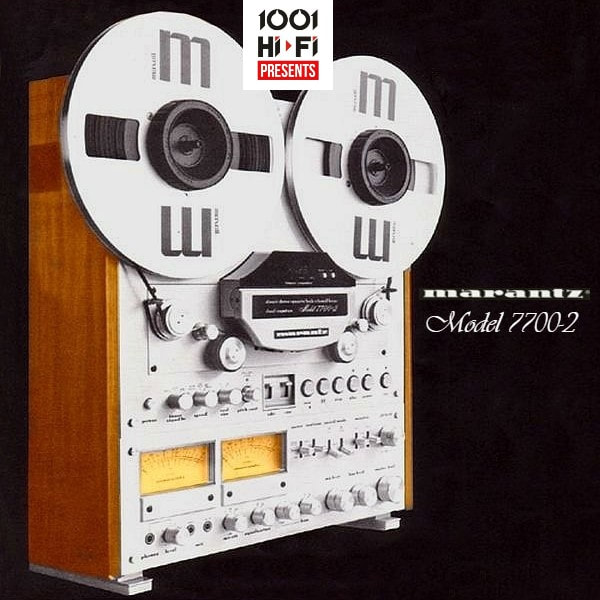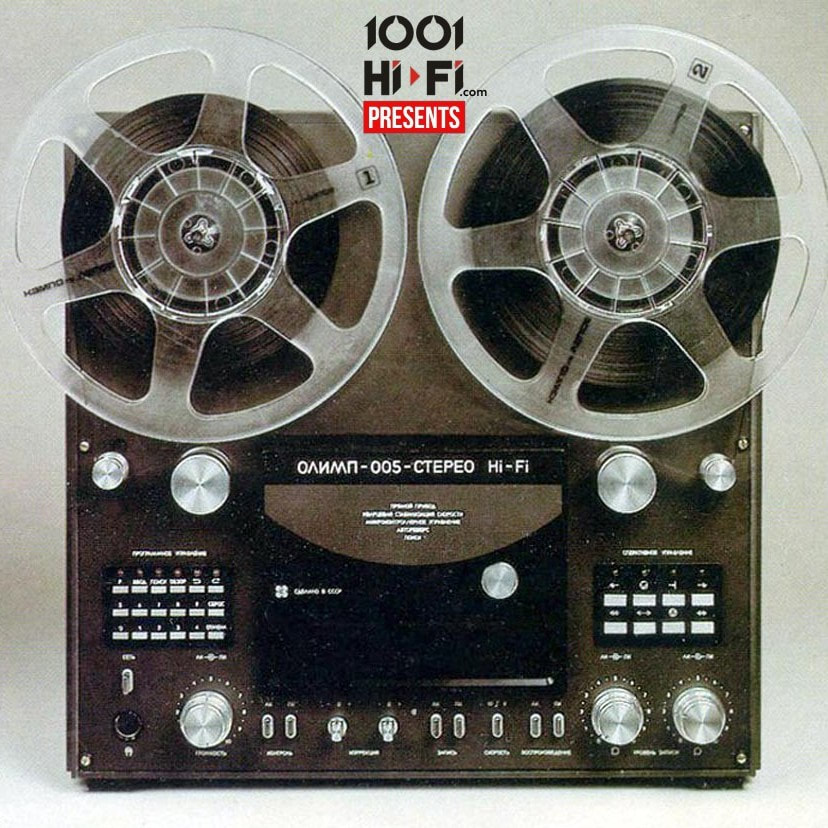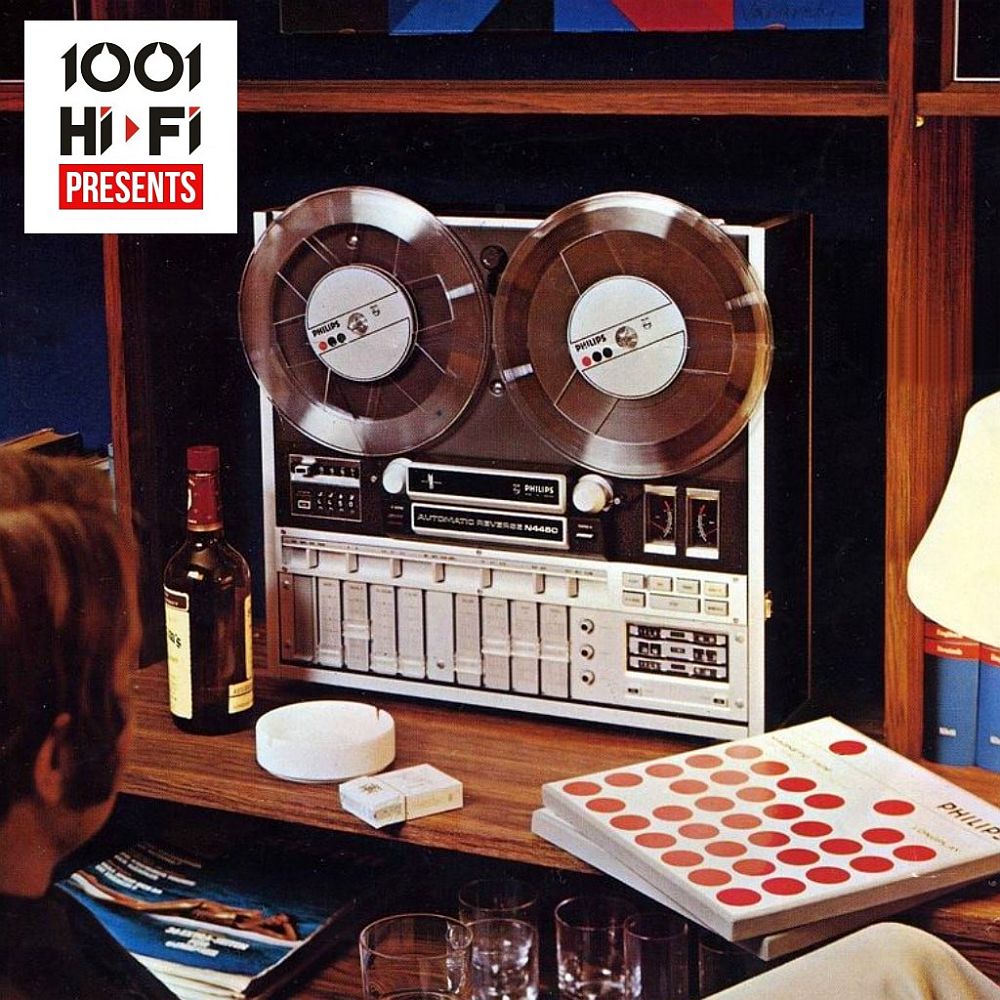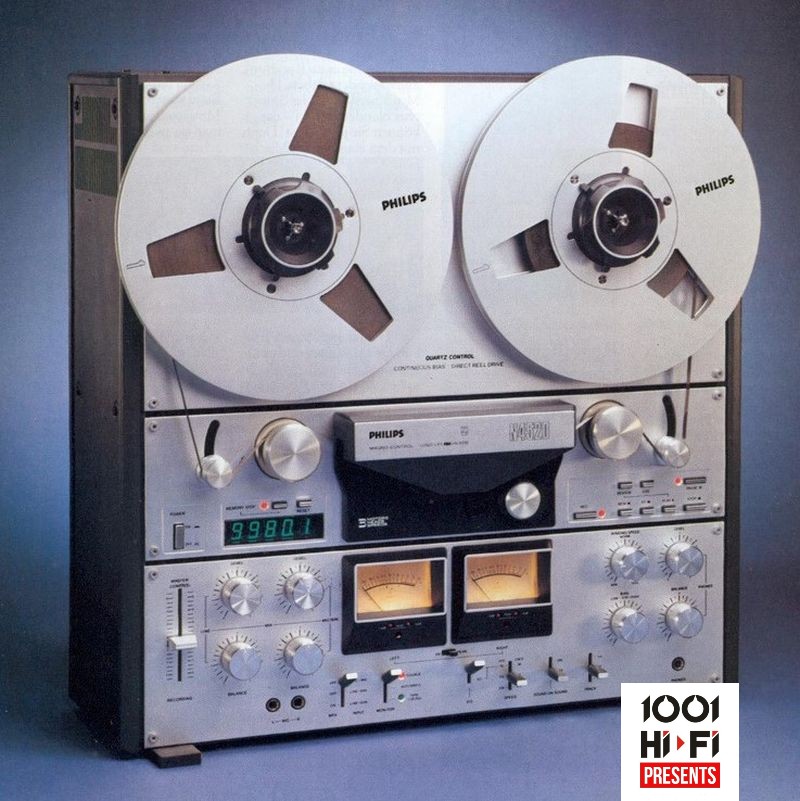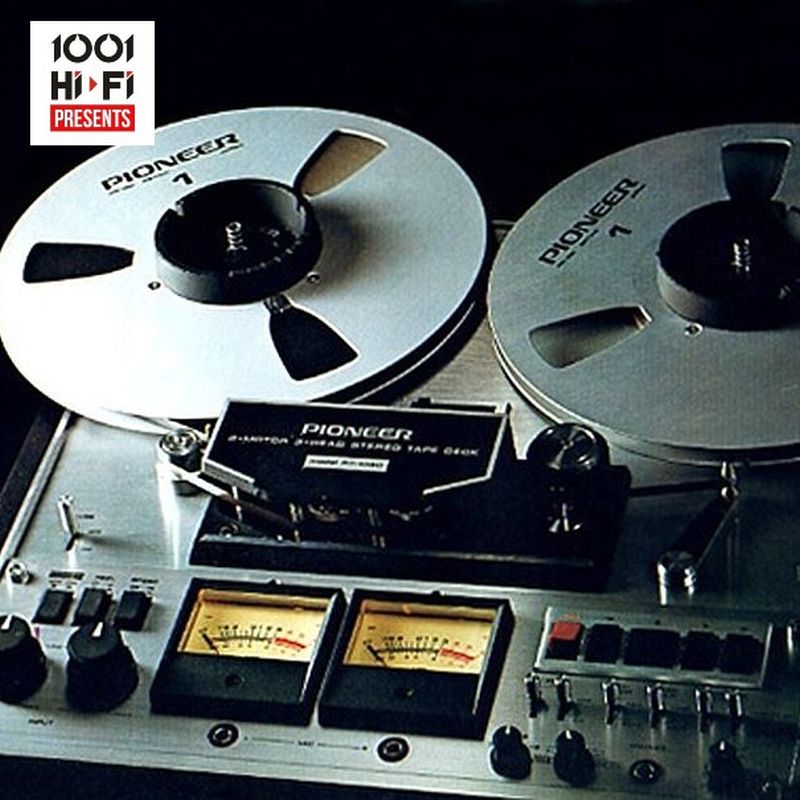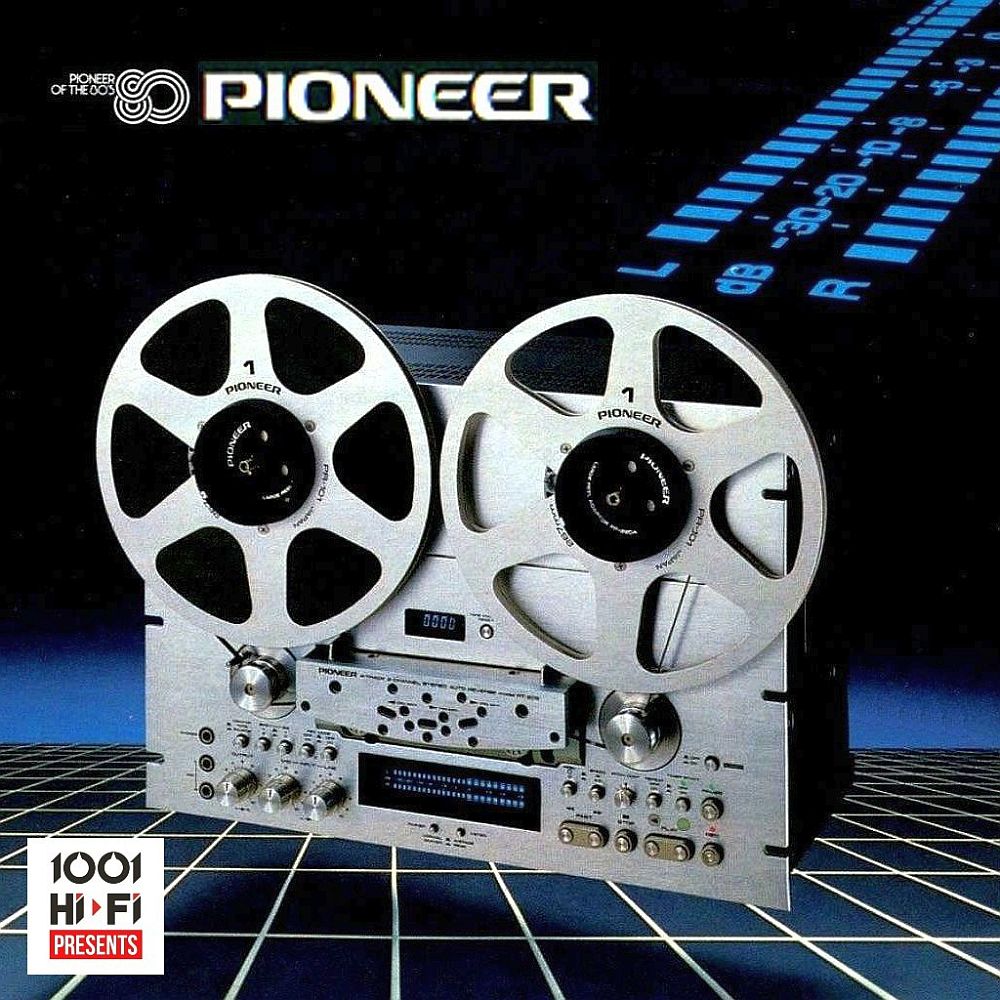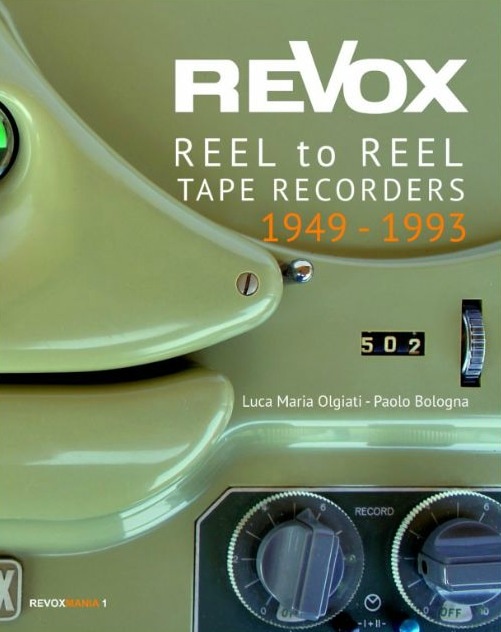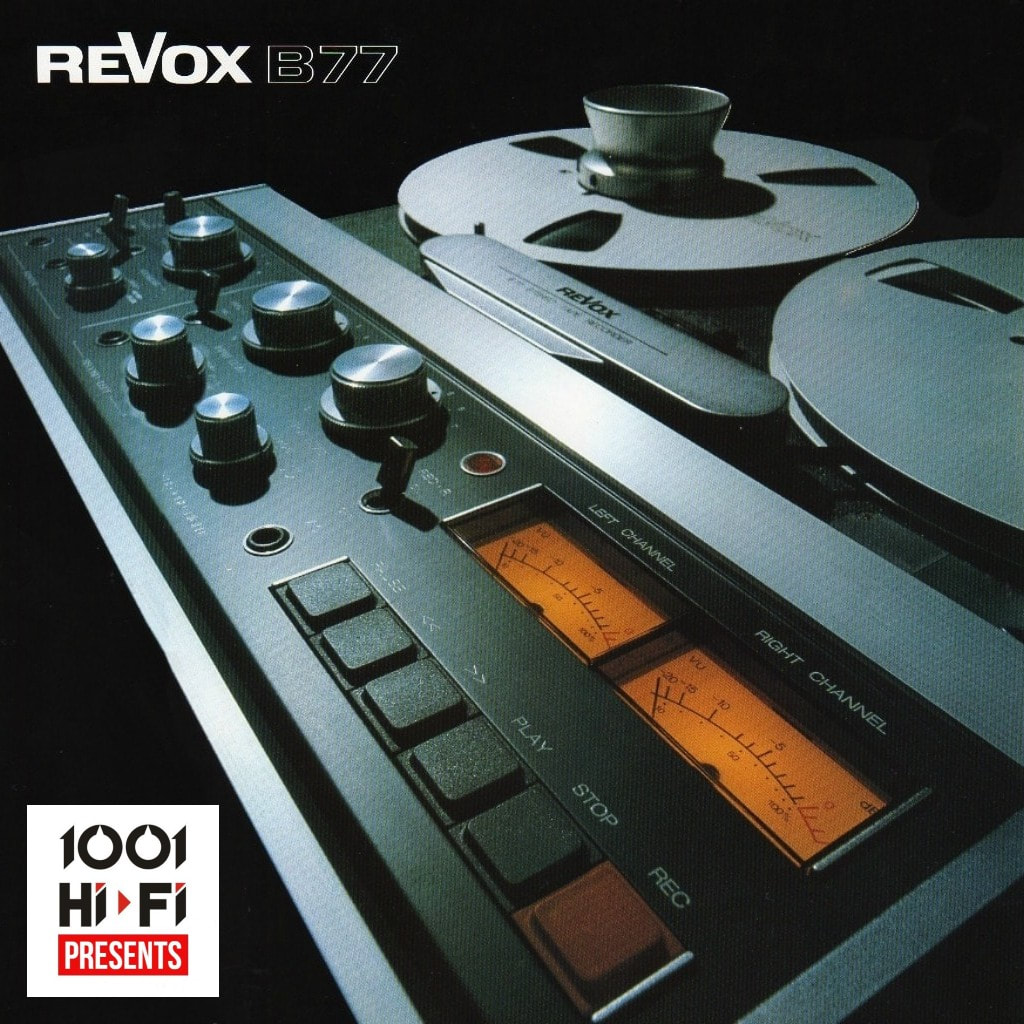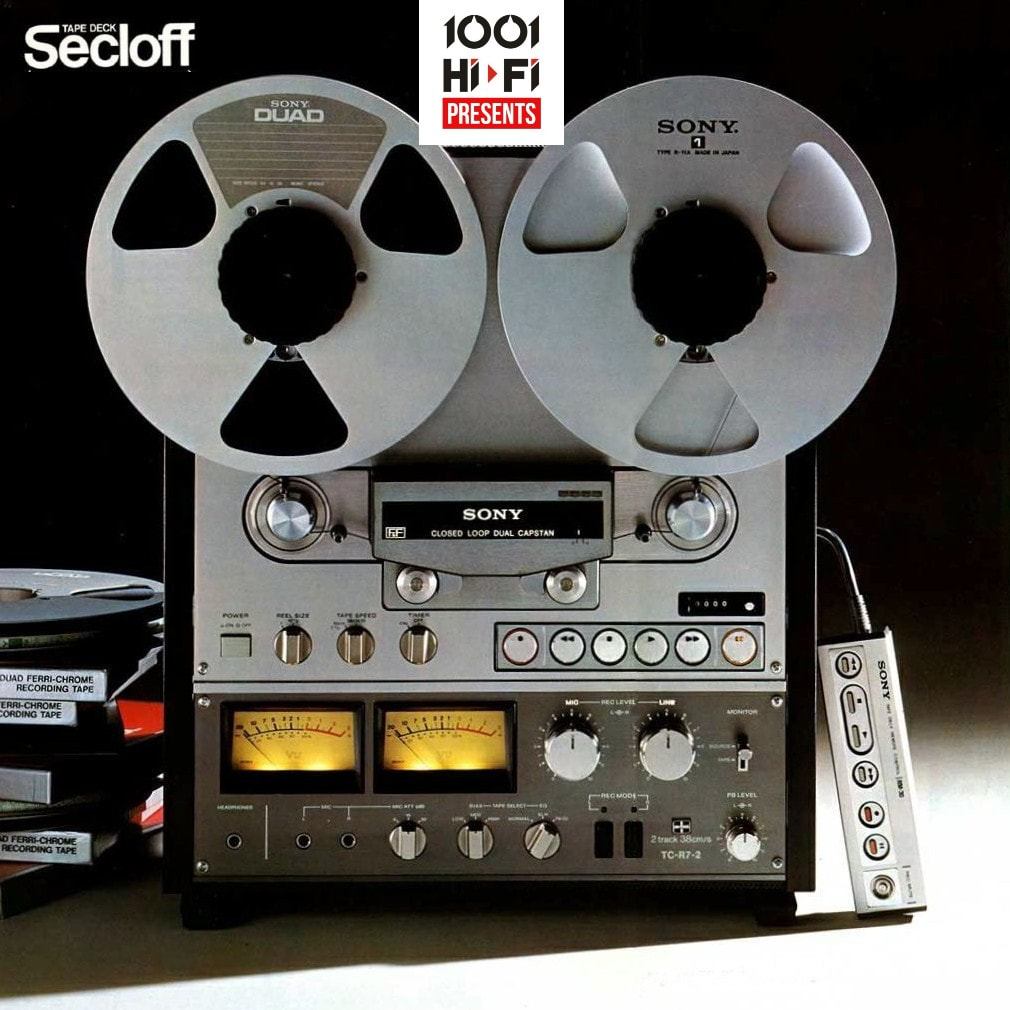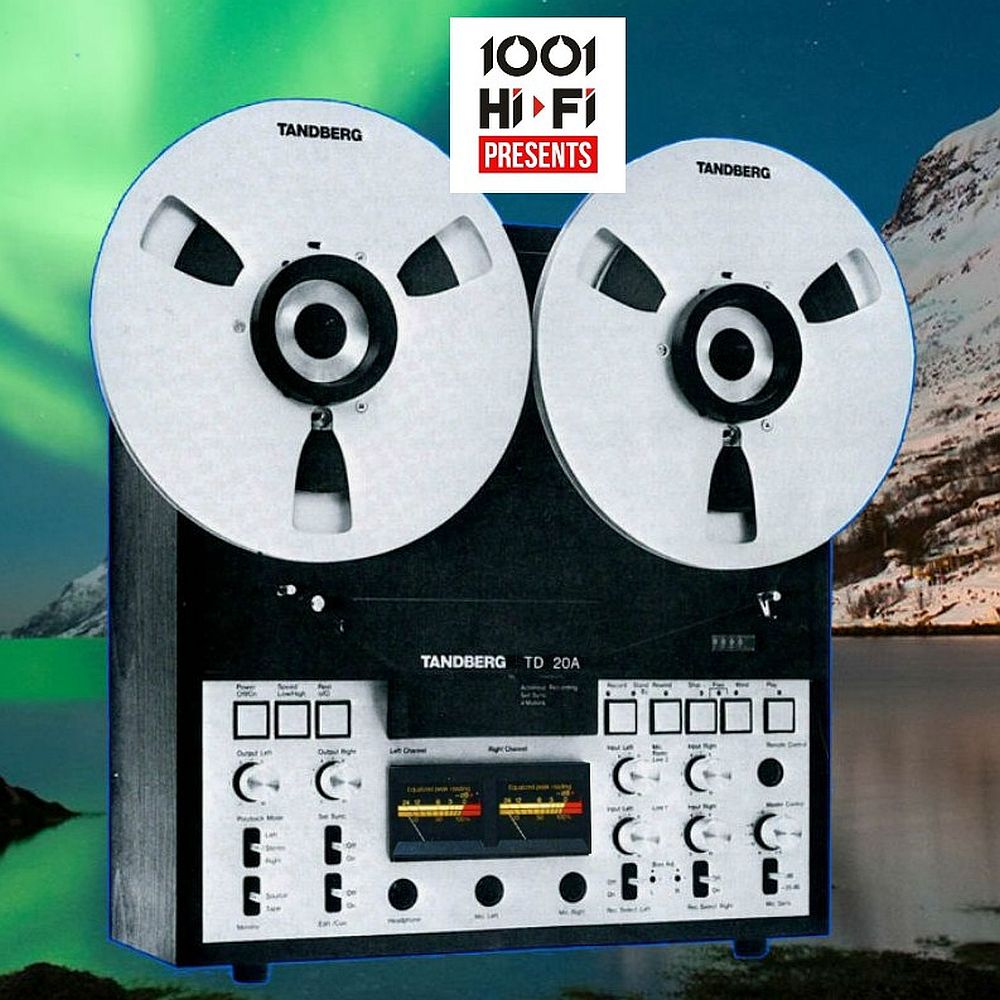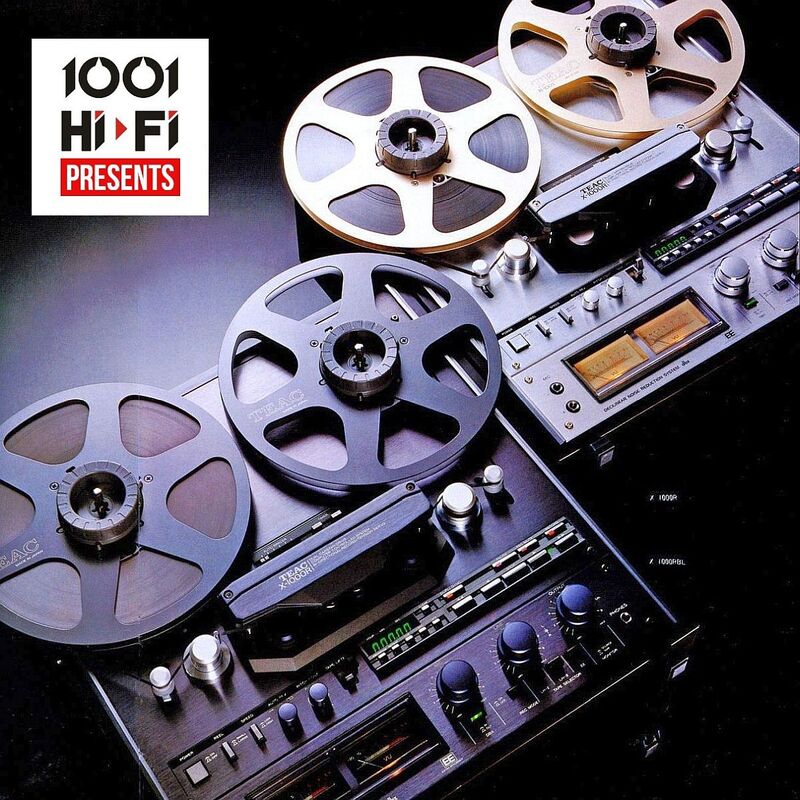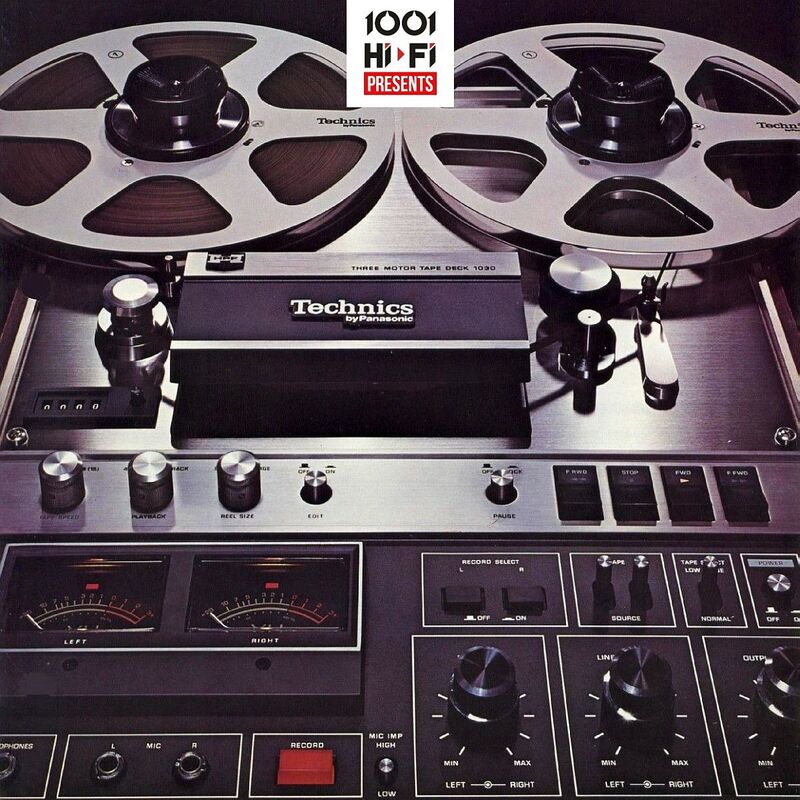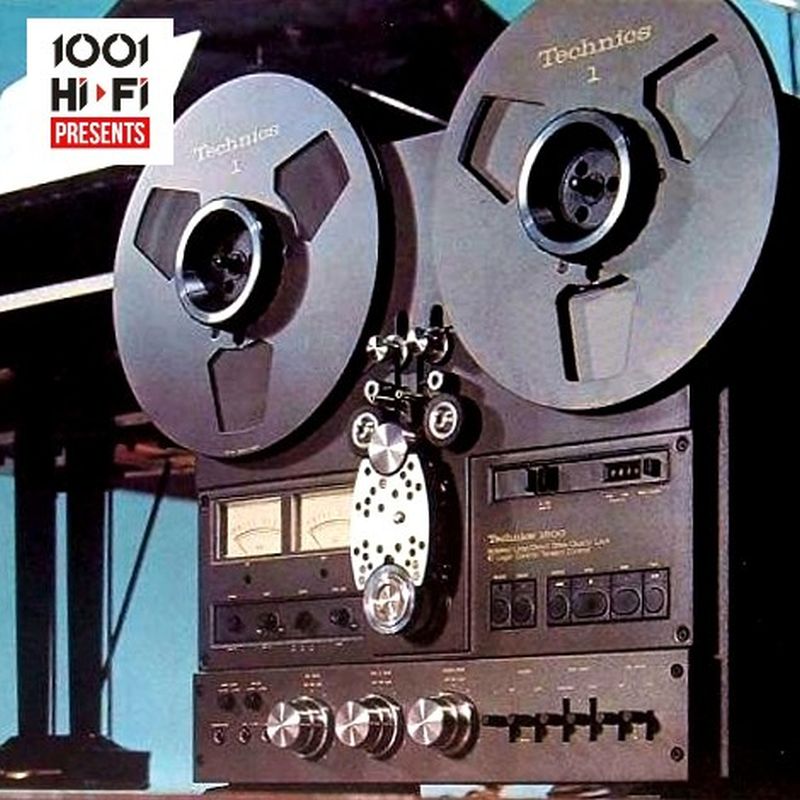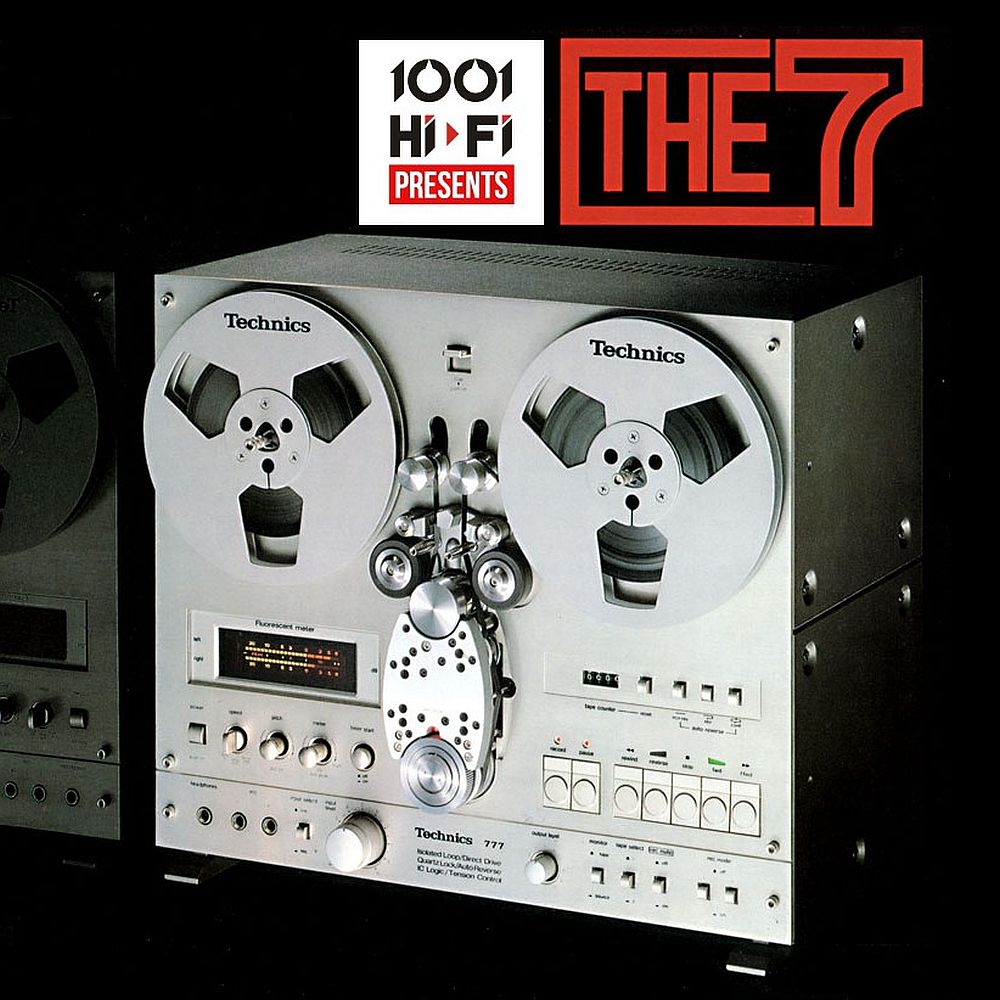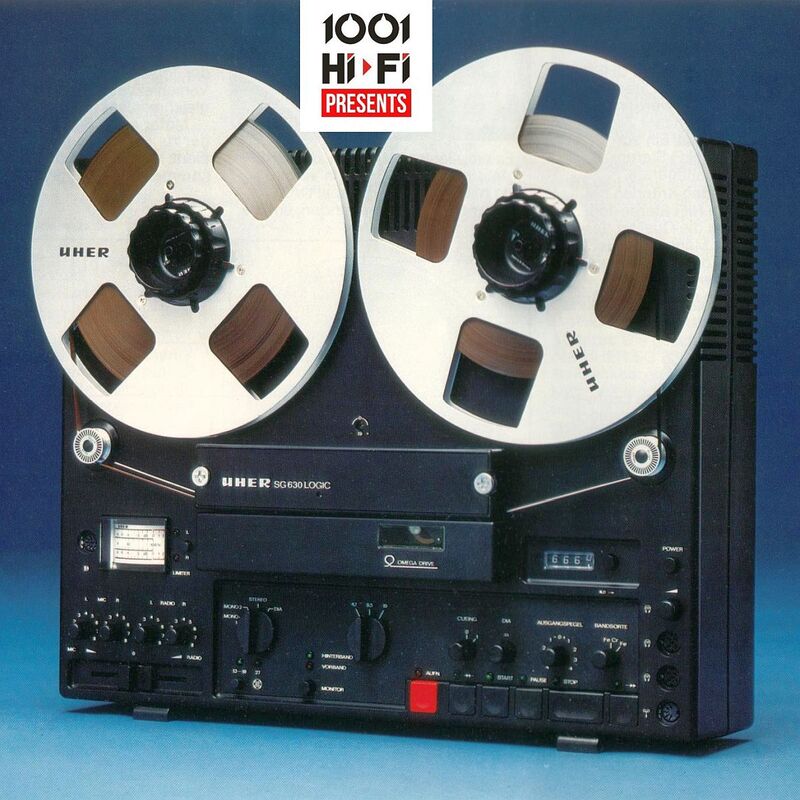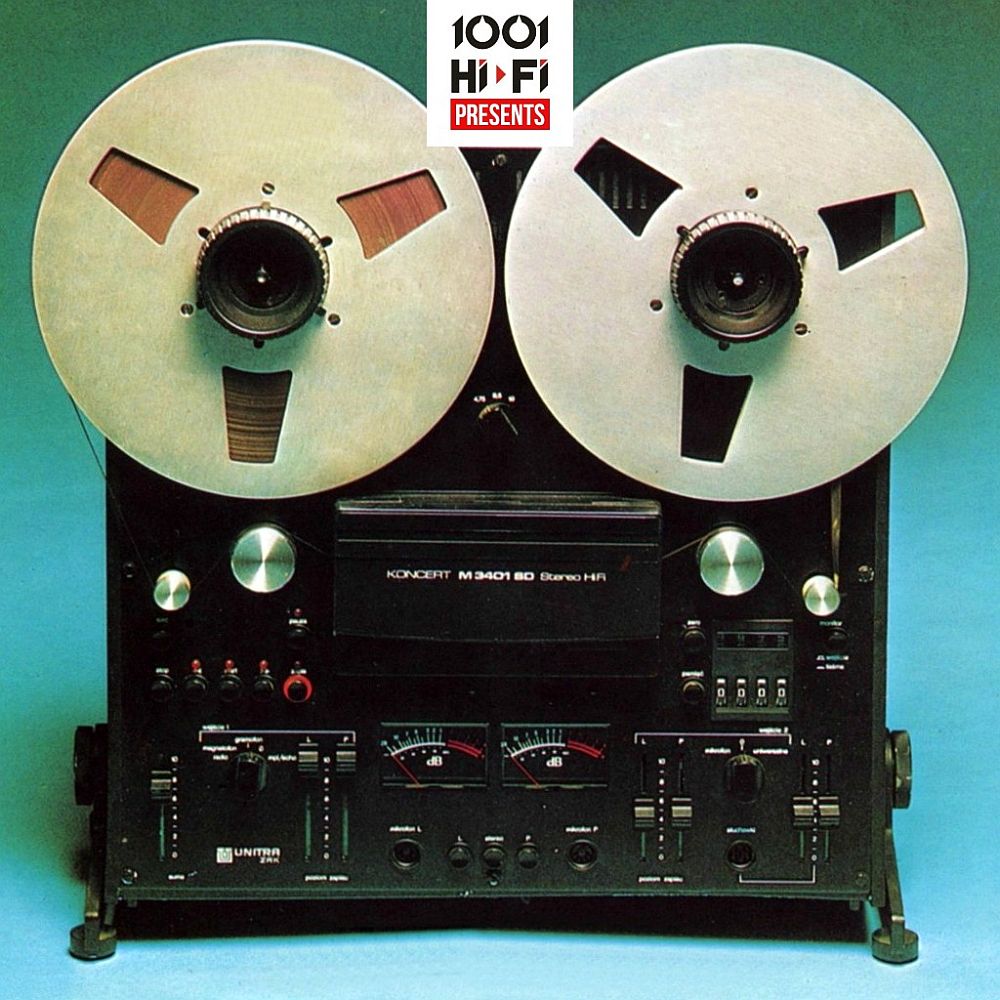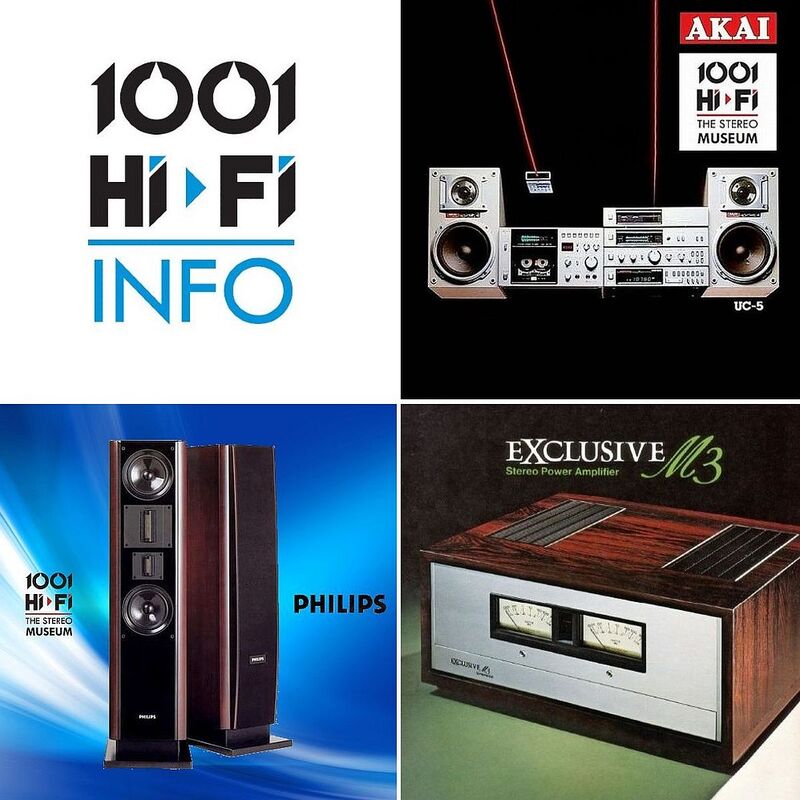Reel to reel - Tape recorder CLASSICS
Welcome to our new page dedicated to some of the Classic Reel to Reel tape recorders. This list is not intended to contain all the models that were built and it focuses mainly on high performance home recorders. But don't worry, because you will see some interesting reel to reel tape recorder models that you might have never heard of despite being popular in some parts of the world.
AEG MAGNETOPHON K1 (Germany 1935)
Where it all started, the world first magnetophon (tape recorder) as we know it today. The MAGNETOPHON K1 was unveiled at the Berlin Radio Fair in 1935 by AEG of Germany. (K stands for "koffer" - suitcase). The AEG MAGNETOPHON K1 was a 3 motor 3 head machine using the MAGNETOPHON C1 tape developed by BASF for AEG. The first recording was made in November 1936 with Sir Thomas Beecham conducting the London Philharmonic at BASF's concert hall. This was a poor recording but tape improvements, such as BASF's ferric-oxide tape in 1939 and an accident that led to the application of high-frequency AC biasing further improved the tape-recording performance. The MAGNETOPHON machine was using tape made by BASF that was 6,5 mm wide. The tape speed was 100cm/sec with a frequency response of 50-6000 Hz. Signal to noise ratio was -35 dB and recordings could be made up to 20 minutes on a 30 cm diameter tape. The original price was approximately 1200 RM (Reichsmark)
AKAI GX-650D
|
AKAI GX-747
|
AMPEX ATR-700 (USA/Japan 1975-1980) |
ASC 6000 series
|
BRAUN TG 1000 (Germany 1970) |
DENON DH-510
|
ELEKTRONIKA TA1-003 (USSR 1980) |
FERROGRAPH Logic 7 (England 1974) |
GRUNDIG TS1000 (Germany 1976) |
marantz Model 7700-2 (Japan 1978) |
OLYMP 005 Stereo (USSR 1986) |
PHILIPS N4450 (Netherland 1972) |
PHILIPS N4520 (Netherland 1978/79) |
PIONEER RT-1050
|
PIONEER RT-909
|
REVOX / Reel to Reel Tape Recorders
1949-1993
|
Finally, a book fully dedicated to all the wonderful tape reel to reel recorders of the Swiss brand. More than 30 years after production of the last ReVox reel to reel machine, we are proud to introduce now the first book of the complete reel to reel production range: 240 pages and 400 color photos, with rich text in English and Italian. Made for the 50th anniversary of the A77's birth, the most famous reel to reel recorder ReVox (shown even on Pink Floyd's Ummagumma cover), the book 'REVOX REEL TO REEL TAPE RECORDERS 1949-1993' presents in detail all 25 legendary issued models with full history, versions, technical and curiosity in 240 pages and over 400 unpublished Hi-Res photographs. Available on-demand printing from Blurb. The work was carried out by two expert technicians collectors of the swiss company, based on one of the most complete existing collections, and interviewing in deep ReVox and Studer designers, engineers, commercial managers of that time, with extensive research in Switzerland, Italy and Germany of all known versions and variants. Luca Maria Olgiati - Paolo Bologna |
REVOX B77
|
SONY TC-R7-2 (TC-766-2) (Japan 1977) |
TANDBERG TD 20A (Norway 1977) |
TEAC X-1000R
|
Technics RS-1030US (Japan 1975) |
Technics RS-1500 / 1506 (Japan 1976) |
Technics RS-777
|
UHER SG 630 LOGIC (Germany 1976) |
UNITRA(ZRK) Koncert M-3401SD (Poland 1979) |

